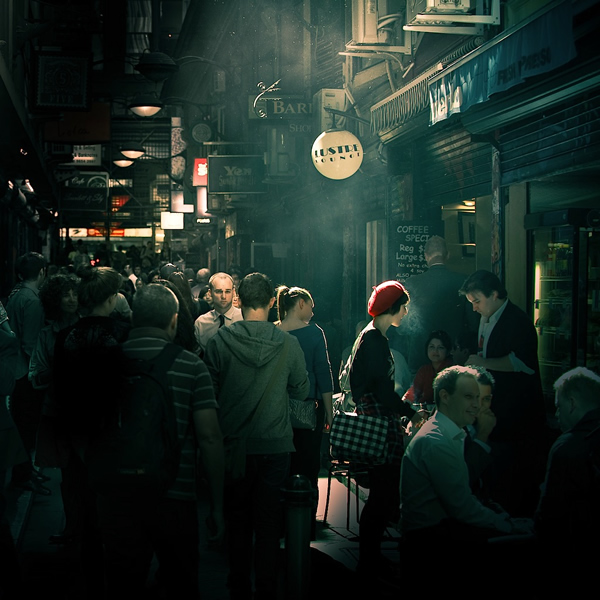The smart Trick of Street Photographers That Nobody is Discussing
The smart Trick of Street Photographers That Nobody is Discussing
Blog Article
The Single Strategy To Use For Street Photographers
Table of ContentsStreet Photographers for DummiesStreet Photographers Fundamentals ExplainedThe Best Strategy To Use For Street PhotographersThe 7-Second Trick For Street PhotographersStreet Photographers - An Overview
, a style of digital photography that records everyday life in a public area. The very publicness of the setting makes it possible for the photographer to take honest images of complete strangers, typically without their understanding. Street photographers do not always have a social purpose in mind, but they prefer to separate and catch minutes which could otherwise go unnoticed.He was influenced by numerous of those that influenced the road photographers of the 1950s and '60s, he was not mainly interested in capturing the spirit of the street., that worked side by side with digital photographers trying to catch the significance of city life.

Given the fine quality of his photographs and the breadth of material, engineers and musicians often bought Atget's prints to use as reference for their own work, though business passions were rarely his major inspiration. Instead, he was driven to photograph every last remnant of the Paris he enjoyed.
How Street Photographers can Save You Time, Stress, and Money.
They reveal the city through his eyes. His job and essential understanding of photography as an art form acted as ideas to generations of photographers that followed. The next generation of street digital photographers, though they likely did not describe themselves because of this, was introduced by the photojournalism of Hungarian-born professional photographer Andr Kertsz.
Unlike his peers, Brassa utilized a larger-format Voigtlnder video camera with a much longer exposure time, requiring him to be more computed and thoughtful in his practice than he may have been if using a Leica. (It is believed that he might not have had the ability to afford a Leica back then, but he did, nonetheless, use one in the late 1950s to take colour pictures.) Brassa's photos of the Paris underworld illuminated by artificial light were a discovery, and the collection of the series that he released, (1933 ), was a significant success.
Cartier-Bresson was a champion of the Leica cam and one of the initial professional photographers to maximize its abilities. The Leica allowed the photographer to interact with the environments this website and to catch minutes as they took place - Street Photographers. Its reasonably tiny size also assisted the digital photographer fade into the background, which was Cartier-Bresson's favored strategy
Street Photographers - The Facts
It is as a result of this essential understanding of the art of photo taking that he is often credited with discovering the medium all over again approximately a century given that its development. He took photos for even more than a half century and influenced generations of professional photographers to trust their eye and intuition in the moment.
These are the questions I will attempt to respond to: And then I'll leave you with my very own interpretation of street photography. Yes, we do. Allow's begin with defining what an interpretation is: According to it is: "The act of specifying, or of making something certain, distinct, or clear".
No, most definitely not. The term is both limiting and misguiding. Sounds like a road digital photography should be photos of a roads best?! And all street professional photographers, except for a tiny number of absolute newbies, will completely value that a street is not the key part to street digital photography, and really if it's a photo of a road with possibly a few monotonous people not doing anything of rate of interest, that's not road photography that's a photo of a street.
He makes a legitimate point do not you think? While I agree with him I'm not certain "honest public photography" will capture on (although I do kind of like the term "candid digital photography") due to the fact that "road digital photography" has been around for a navigate here long time, with several masters' names connected to it, so I think the term is right here to remain.
9 Simple Techniques For Street Photographers
Inside?! I hear you scream as you tremble your hand to the sky. Why not? You can contend the beach, at a festival, in a street, in a park, in a piazza, in a cafe, at a museum or art gallery, in a metro station, at an occasion, on a bridge, under a bridge ...

Some Ideas on Street Photographers You Need To Know

Report this page